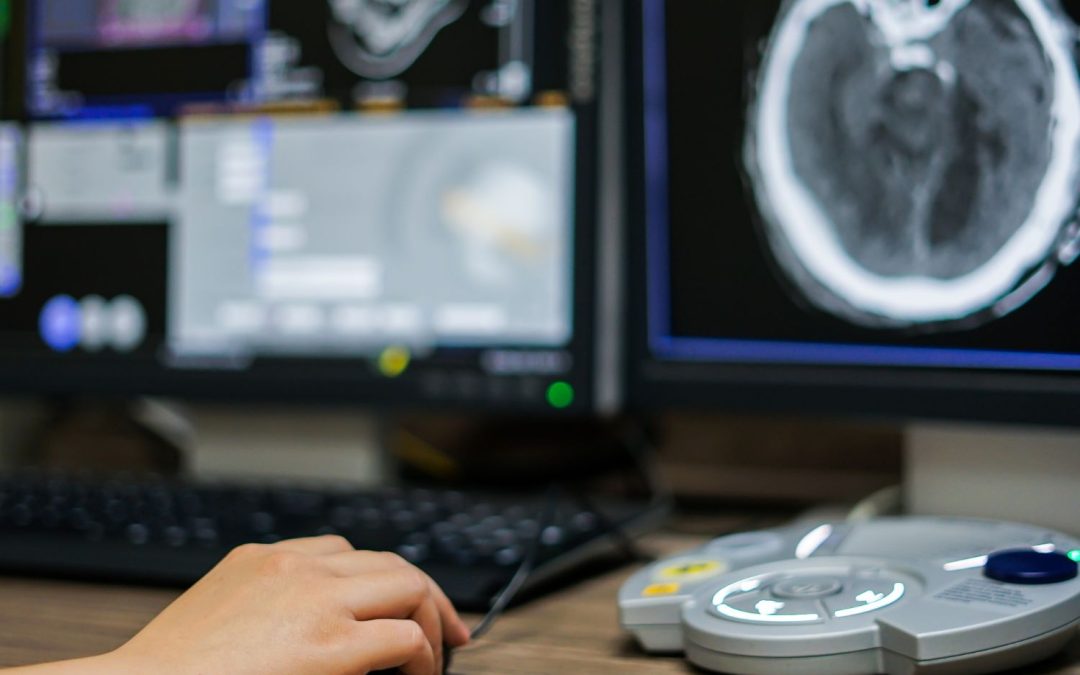Author: Dr. Claudia Martínez Higueros
Radiodiagnosis is a cornerstone of modern clinical medicine. With its ability to visualize the internal structures of the human body noninvasively, it plays a central role in identifying, characterizing, and monitoring a wide range of diseases—from acute conditions to chronic, oncologic, or degenerative disorders.
Although radiology is so integrated into daily hospital practice that it often goes unnoticed, radiodiagnosis remains one of the key pillars of evidence-based medicine.
Definition and Scope of Practice
Radiodiagnosis is the branch of medicine focused on obtaining and interpreting medical images for diagnostic purposes, using a variety of technologies such as X-rays, ultrasound, computed tomography (CT), magnetic resonance imaging (MRI), and nuclear medicine.
These techniques allow the radiologist to examine internal structures, assess anatomy, and detect signs of disease—often without the need for invasive procedures or surgery.
Main Imaging Techniques in Radiodiagnosis
1. Conventional Radiography
The oldest and still one of the most commonly used techniques. It uses X-rays to produce two-dimensional images and is especially useful for examining the musculoskeletal system, thorax, and abdomen.
2. Ultrasound (Sonography)
Uses high-frequency sound waves to generate real-time images. As it involves no ionizing radiation, it is a safe option for pregnant women and children. It is frequently used in obstetrics, abdominal imaging, musculoskeletal studies, and vascular assessments.
3. Computed Tomography (CT)
Combines X-rays and digital processing to generate cross-sectional images of the body. Its high resolution is ideal for evaluating complex structures like the brain, chest, abdomen, and vascular system.
4. Magnetic Resonance Imaging (MRI)
Employs magnetic fields and radiofrequency pulses to create detailed images, particularly useful in neurological, musculoskeletal, and soft tissue evaluations—without exposing the patient to radiation.
5. Nuclear Medicine and PET-CT
Involves the administration of radiopharmaceuticals to assess the function or metabolism of organs and tissues. It has major applications in oncology, cardiology, and neurology.
The Role of the Radiologist: Beyond “Reading” Images
Radiologists do more than interpret scans. Their clinical role includes:
- Advising on the most appropriate imaging test based on the clinical scenario.
- Participating in multidisciplinary committees (e.g., oncology boards, stroke teams).
- Performing interventional procedures guided by imaging (biopsies, drainages, joint injections).
- Producing diagnostic reports that guide treatment planning and prognostic evaluation.
In this regard, the radiologist acts as a clinical consultant, integrating imaging findings with patient history and laboratory data to support accurate decision-making.
Clinical Applications of Radiodiagnosis
Radiodiagnosis is essential in virtually every medical specialty. Some key applications include:
- Emergency Medicine: Rapid identification of hemorrhages, fractures, strokes, or acute abdominal pathology.
- Oncology: Tumor detection, staging, and treatment response monitoring.
- Pediatrics: Diagnosis of congenital anomalies, infections, or developmental disorders.
- Rheumatology and Traumatology: Evaluation of joint, tendon, and bone injuries.
- Gynecology and Obstetrics: Fetal monitoring and assessment of uterine or ovarian pathology.
- Cardiology and Vascular Medicine: CT angiography, Doppler ultrasound, and cardiac MRI.
Training and Specialization
Radiologists are licensed medical doctors who undergo at least four years of postgraduate specialty training after medical school. During residency, they are trained in all major imaging modalities, with rotations in emergency, oncology, pediatrics, and other clinical areas.
Many radiologists go on to subspecialize in fields such as neuroradiology, breast imaging, musculoskeletal radiology, chest imaging, abdominal imaging, or pediatric radiology.
Current Challenges and Future Directions
Radiodiagnosis faces several key challenges:
- Growing demand: The number of imaging studies continues to rise, leading to increasing workload.
- Technological integration: There is a need to align imaging systems with clinical data platforms.
- Artificial intelligence: Presents both opportunities and challenges in complementing (not replacing) medical judgment.
- Inequity in access: Technological and geographic barriers still limit access in some healthcare systems.
Nevertheless, the future of the specialty is strong, driven by technological innovation, translational research, and greater clinical integration of the radiologist.

